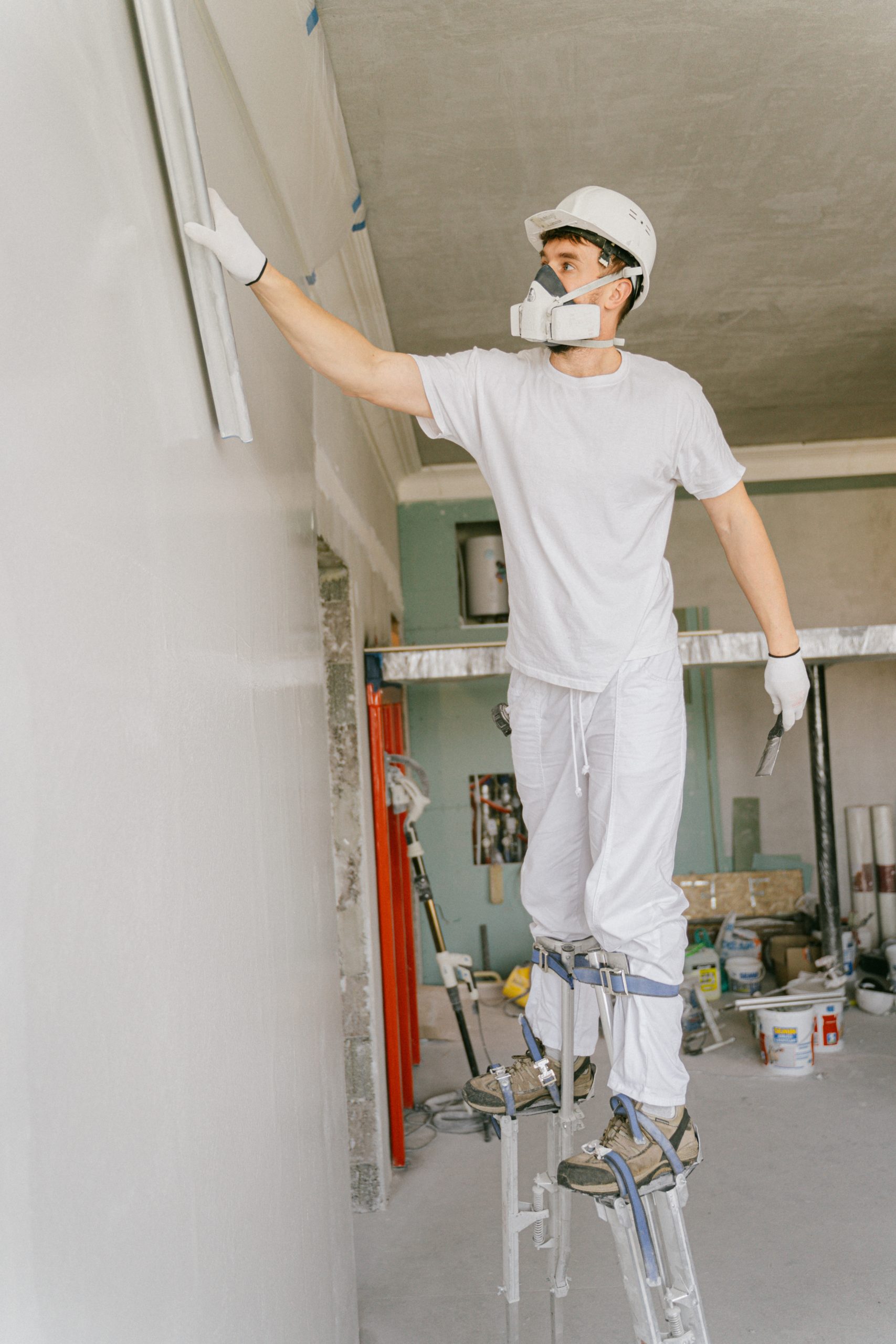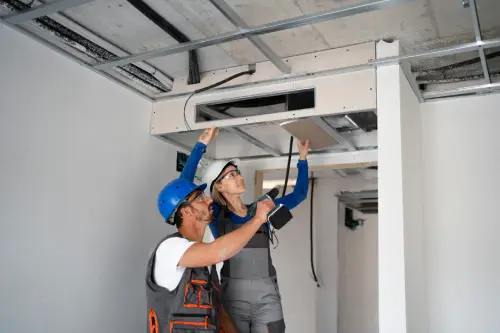As the years go by, the concept of home takes on an even greater significance. It’s not just a place to live; it becomes a haven of comfort, security, and memories. As individuals age, the desire to remain in the familiar surroundings of their own home becomes more pronounced. This has given rise to the concept of “aging in place” – the idea of adapting and designing homes to accommodate the changing needs of seniors while ensuring comfort, safety, and independence. In this guide, we’ll explore the principles of creating homes for aging gracefully and how thoughtful design can contribute to a high quality of life during the golden years.
Understanding Aging in Place
Aging in place involves modifying living spaces to accommodate the evolving physical, emotional, and cognitive needs of seniors. This approach aims to provide an environment that fosters independence, minimizes potential hazards, and allows individuals to continue living in their own homes comfortably.
Key Elements of Senior-Friendly Home Design
Accessibility and Mobility:
One of the primary considerations in designing homes for aging gracefully is ensuring ease of movement. This includes features such as wider doorways to accommodate wheelchairs and walkers, ramps or no-step entrances, and handrails in hallways and staircases.
Single-Story Living:
Minimizing the need for stairs by focusing on single-story living helps prevent falls and eases navigation, making it particularly suitable for seniors with mobility challenges.
Bathroom Safety:
Bathrooms are a common area for accidents. Installing grab bars, non-slip flooring, and walk-in showers with seating can greatly enhance safety and comfort.
Well-Lit Spaces:
For elders with deteriorating vision, good lighting is essential. Incorporating ample natural light, task lighting in kitchens and workspaces, and motion-activated lighting in hallways and bathrooms enhances visibility.
Kitchen Convenience:
Designing kitchens with lower countertops, accessible storage, and lever-handled faucets makes meal preparation more manageable for seniors.
Lever Door Handles:
Replacing traditional round door knobs with lever handles reduces strain on arthritic hands and provides easier access throughout the home.
Smart Home Technology:
Integrating smart home devices such as voice-activated assistants, home security systems, and remote-controlled appliances can enhance convenience and safety.
Non-Slip Flooring:
Choosing flooring materials with a non-slip surface, such as cork or textured tiles, reduces the risk of slips and falls.
Comfortable Seating:
Having comfortable and supportive seating in various areas of the home encourages relaxation and reduces fatigue.
Emergency Response Systems:
Installing emergency response systems ensures that help is just a button push away in case of medical emergencies.
Psychological and Emotional Well-Being:
Aging in place is not just about physical adjustments; it’s also about creating an environment that supports emotional well-being. Incorporating personal mementos, favorite colors, and familiar furniture can create a sense of continuity and comfort.
The Importance of Flexibility
Designing homes for aging gracefully requires a flexible approach that anticipates changing needs. While current needs might include features like grab bars and ramps, future needs may involve additional modifications. It’s essential to create spaces that can adapt over time without major renovations.
Benefits of Aging in Place
Familiarity and Comfort:
Remaining in a familiar environment filled with memories fosters emotional well-being and a sense of security.
Independence and Dignity:
Aging in place allows seniors to maintain a sense of autonomy and independence, contributing to their overall dignity and self-esteem.
Community Connection:
Staying in the same neighborhood enables seniors to continue participating in social activities, engage with neighbors, and maintain a sense of community.
Cost-Effectiveness:
Modifying an existing home can often be more cost-effective than moving to a senior living facility.
Family Proximity:
Seniors who age in place can remain close to family members who can provide care and support when needed.
Conclusion
Designing homes for aging gracefully is a thoughtful and holistic approach that prioritizes comfort, safety, and quality of life. As the population ages, this concept becomes increasingly relevant, and its benefits extend beyond the physical environment. By embracing principles of accessibility, comfort, and flexibility, individuals can create living spaces that support them in maintaining their independence, dignity, and emotional well-being throughout their golden years. As architects, designers, and families collaborate to bring these principles to life, the concept of “home” truly becomes a sanctuary where aging is embraced with grace and comfort.



